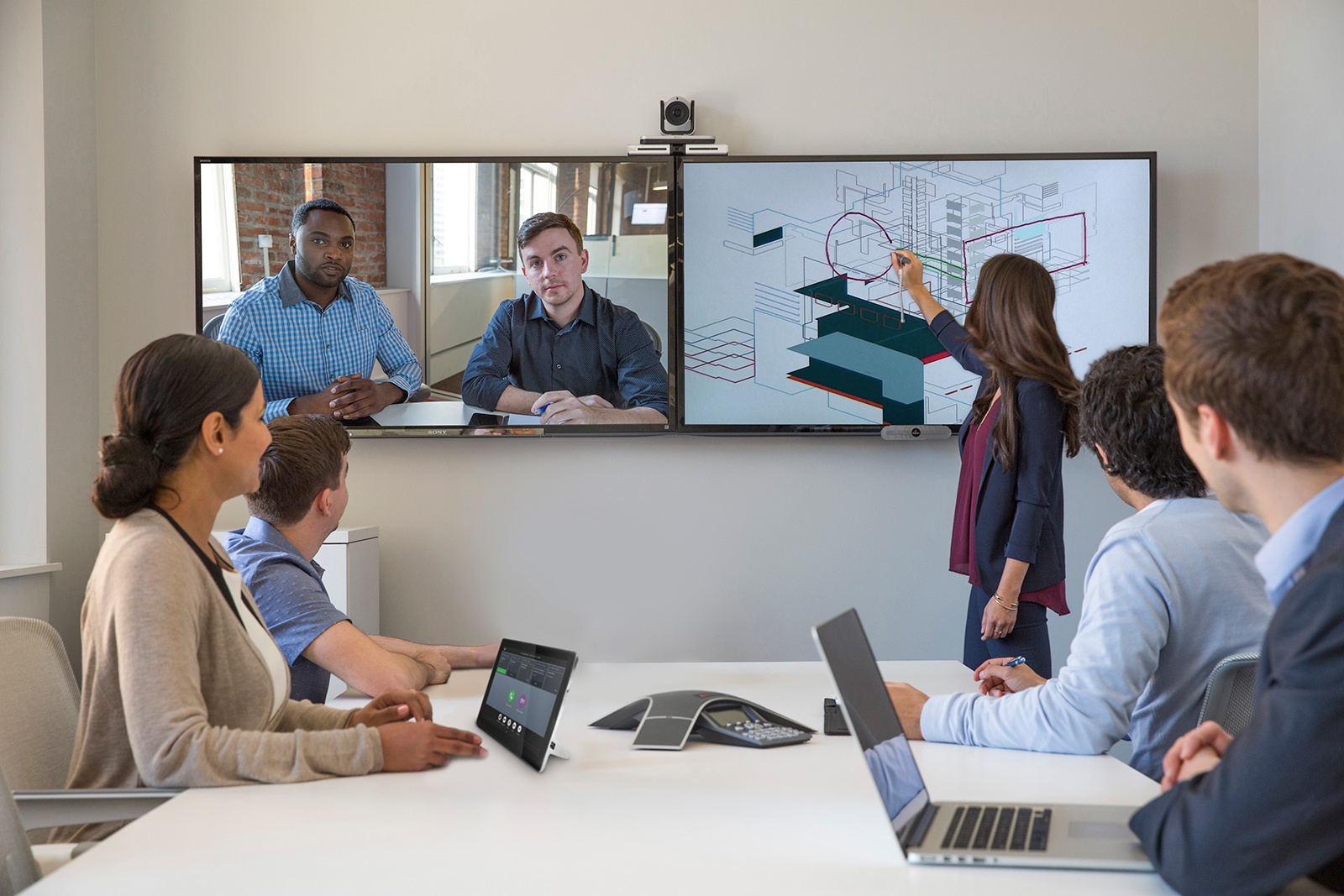News
Why pay for video conferencing when you can get it for free?
14-06-2020 11:54
Video conferencing has really taken off in the business world. Cameras and displays have become better and better and we (almost) always have them with us. In addition, virtually everywhere we have internet connection. Technology has made it normal for us to be able to have a video conversation with someone on the other side of the world at any time of the day.
Platforms and video conferencing providers have mushroomed. The prices for these services vary widely, just like their capabilities. From free to seriously major investments. Many organisations therefore wonder why a paid service should be chosen when there are plenty of cheaper alternatives. In this context, we have listed the most significant differences between free packages and professional solutions for you.
Quality and reliability
Although the quality of videoconferencing has improved by leaps and bounds in recent decades, the quality of free services unfortunately still lags (far) behind paid services. Having to ask someone several times what had been said due to interfering noises, sound delays or glitches is far from professional and disruptive rather than efficient. Professional systems use special protocols that absorb bandwidth fluctuations and ensure a stable connection. The last thing you want is to make an unprofessional impression or cancel an important meeting due to failures in the platform.
Security
Much has been said and written about the security of free services. The opinions vary widely. Many free providers are not always clear about the encryption keys they use, which makes it difficult to control how security is arranged. Professional systems offer end-to-end encryption (all communication is only visible to sender and receiver), are properly integrated into the IT infrastructure and are provided with the latest security protocols. This prevents tapping, hacking, taking over a camera remotely and many more disastrous scenarios.
Connect with multiple platforms and multiple users
To be able to connect to someone using video, no matter what brand or platform is being used, it is advisable to choose an open video conference system. This is where professional systems differ from free systems. The latter often offer the possibility to connect only with those who use the same platform. So, if you use Facetime, for example, then your interlocutor must also use Facetime. If you want to hold a meeting with more than one person, then it is necessary to agree in advance which system will be used, otherwise it will not be possible to connect with each other. In addition, the quality of conference calls with free services will be a lot worse because they do not offer sufficient bandwidth capacity.
Sharing content while maintaining quality
With all the video systems available today, besides using video, it is also possible to share documents and thus further promote remote collaboration. Most free, as well as paid services, offer this possibility. The difference is that with most free services, the quality of both the video and the content shown deteriorates rapidly because the available bandwidth is shared between two streams of information. This is not the case with professional systems Both information streams are shown without losing their quality. There you can choose which image is shown to whom and when, and then switch between them quickly and easily.
Support
If you pay for a video service, you can call the service provider in case problems arise. Often, it can be checked remotely what is going wrong and the problem can be resolved instantly. Something that is not possible by using free services. Often there is not even a helpdesk available or the response time via email make take several days.
Collaboration opportunities adapted to the needs of your organisation
Each organisation uses video conferencing differently and often in combination other collaboration tools. Providers of paid services know the possibilities as well as the pitfalls of doing this and can provide advice on a solution that fits seamlessly with the needs of your organisation in terms of collaboration. With a free service you do not get any advice so there is a risk that the video will not be used optimally.
It is also possible to get your employees to have some training in the use of video conferencing or even to develop a video conferencing user adoption programme. Users will quickly become familiar with the technology and will use it correctly. Such programmes are obviously not free of charge but the investment is often recouped in the short term because the technology is used correctly from the moment of implementation.
Let the required applications determine the system and not the price
Where free services work well for consumers, they often fall short for professional use. Therefore, do be overly concerned with price, but think carefully about what your organisation wants to use the video conferencing services for, now and in the future, and choose the right solution based on this.
Would you like to know more about the promising possibilities of video conferencing? Let us know and we will be very pleased to help you.
